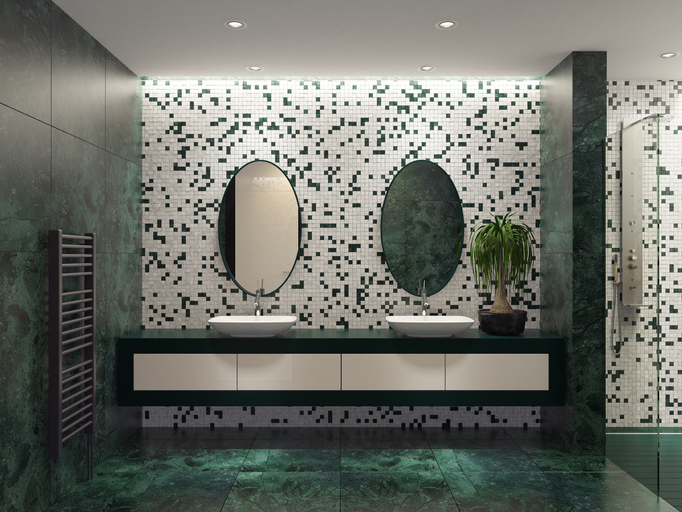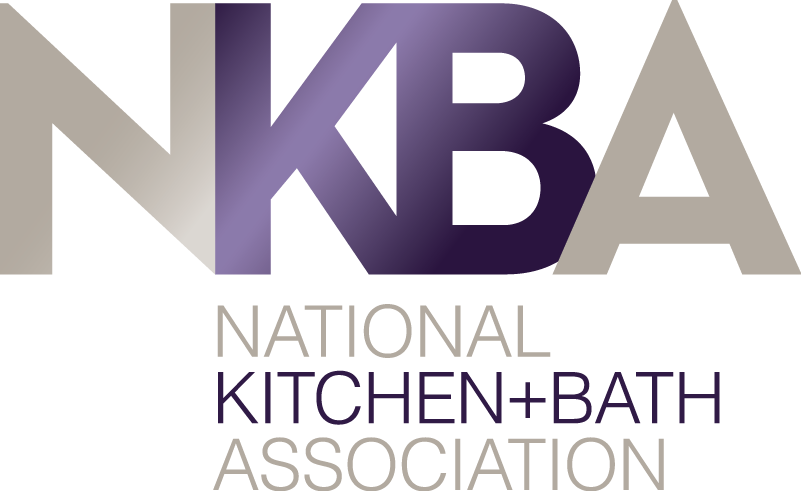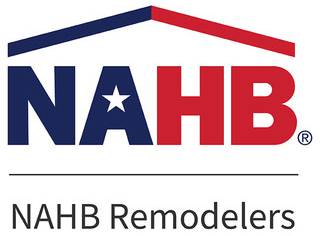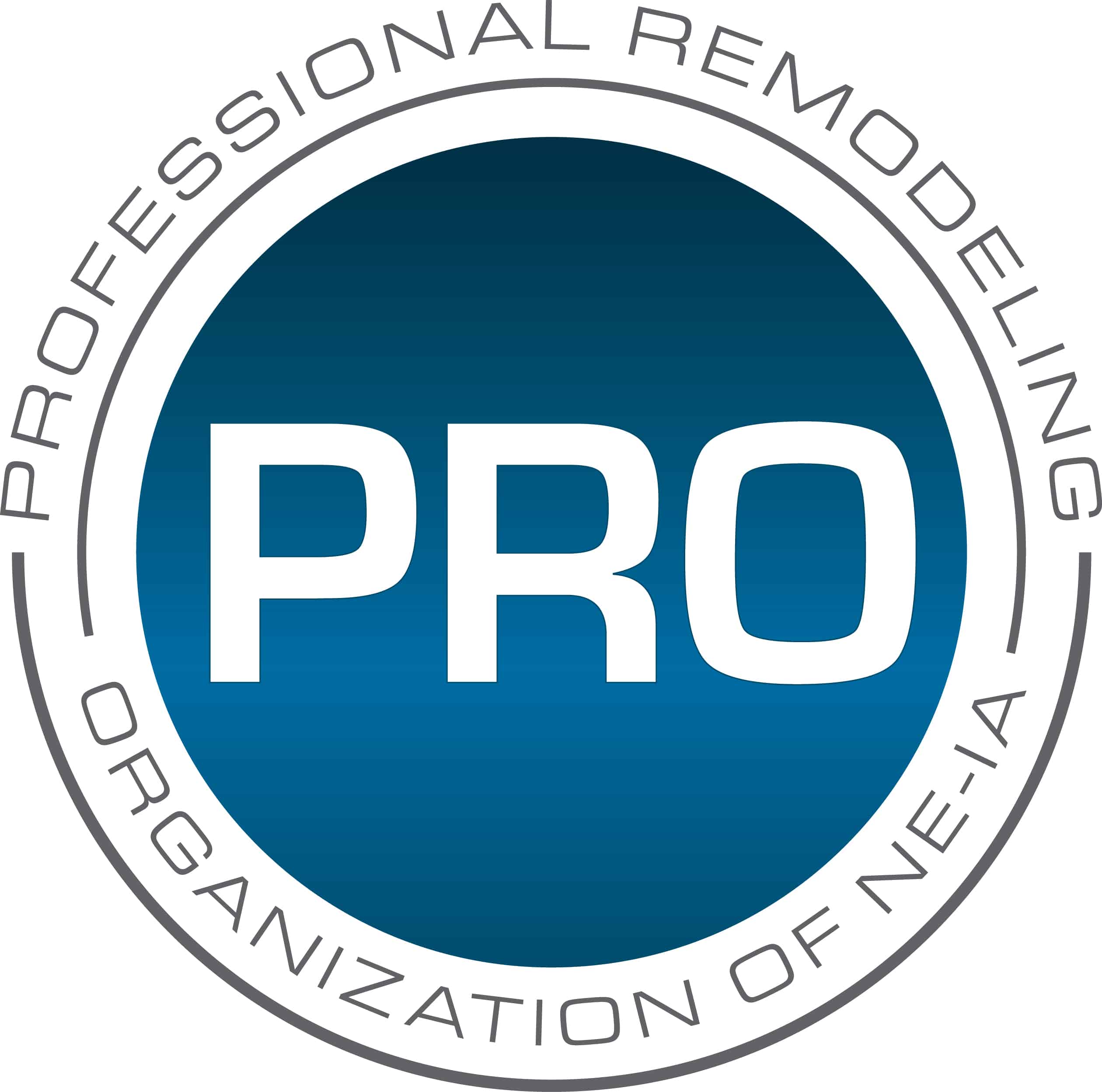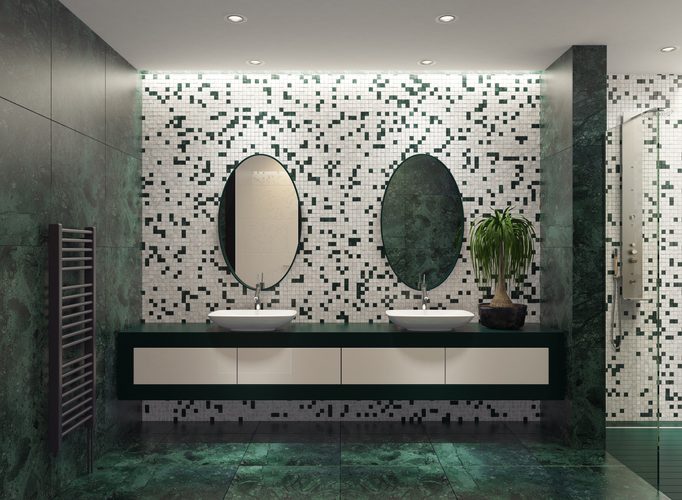
When it comes to designing a bathroom, the choice of tiles plays a pivotal role in setting the aesthetic tone of the space. However, with the plethora of options available, mixing and matching tiles can seem like an overwhelming task. To navigate this challenge, bathroom designers rely on several tried-and-true tips to ensure a cohesive, stylish, and functional bathroom design. Let’s delve into these expert strategies for mixing and matching bathroom tiles, guaranteeing an outcome that’s both beautiful and practical.
Contrasting Colors for Dramatic Impact
One of the most effective ways to create visual interest in a bathroom is by employing contrasting colors in tile choices. A classic example is the timeless elegance of black and white tile combinations. Designers often use a dark floor tile, like a Hex Matte Black, combined with a lighter wall tile, such as a white subway tile, to offer a striking visual contrast that defines the space. This contrast not only adds depth but also helps in highlighting architectural details and fixtures within the bathroom—something a professional bathroom remodeler can help you achieve with precision.
Playing With Patterns and Solids
Introducing patterned tiles in a bathroom can inject personality and vibrancy into the space. However, the key to mixing patterned tiles with solid ones lies in balancing the visual weight. Designers recommend using patterned tiles in specific areas like the shower floor or as a feature wall, and complementing them with solid-colored tiles elsewhere. This approach prevents the patterns from overwhelming the space and maintains a harmonious aesthetic.
Mix Materials with Caution
Mixing different tile materials adds a rich texture to the bathroom design. For instance, combining the natural elegance of marble-look tiles with the practicality of ceramic subway tiles can create a luxurious yet functional space. Designers emphasize the importance of ensuring that the textures and finishes of different materials complement each other. Matte finishes can be matched with glossy ones to add variety, while smooth porcelain tiles can be balanced with the rougher textures of natural stone. Consulting with an experienced bathroom contractor ensures these materials work well together both visually and structurally.
Scale and Proportion Matter
Another aspect designers focus on is the scale and proportion of tiles. Using large-format tiles in small bathrooms can create the illusion of a larger space, while mosaic or smaller tiles work well for adding detail or creating specific focal points. Designers often mix tile sizes by using larger tiles for the main floor areas and smaller ones for shower floors or niches, achieving a dynamic and well-proportioned look.
Monochromatic Schemes and Texture
For a more subdued yet sophisticated bathroom design, designers opt for monochromatic tile schemes, using various shades and textures within the same color family. A bathroom could feature light grey large-format floor tiles complemented by darker grey textured wall tiles. The difference in texture adds depth and interest to the space without the need for contrasting colors.
Consistency Is Key
Finally, designers stress the importance of maintaining consistency in the tile design. This could be through a recurring geometric shape, a consistent color palette, or the use of similar finishes across different tile types. This consistency ties the various elements together, ensuring the bathroom design feels intentional and cohesive.
Let’s Start a Conversation!
Looking online for a dependable “bathroom contractor near me“? DreamMaker Bath & Kitchen of Omaha is your trusted partner for custom bathroom renovations. From tile selection to final fixtures, we help you create a space that fits your lifestyle and design goals.
For personalized design assistance and to explore our extensive tile options, reach out to us at (402) 360-9594 or fill out our online form today. Let us help you create a bathroom that is as functional as it is beautiful. We serve residents in Omaha, West Omaha, Bennington, Elkhorn, La Vista, Papillion, Millard, Ralston, and the surrounding areas.
